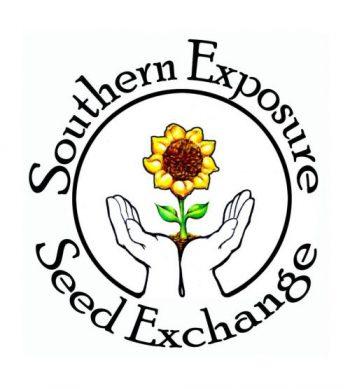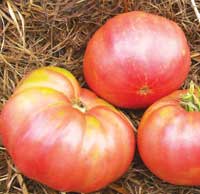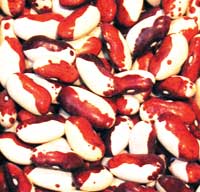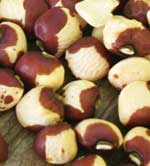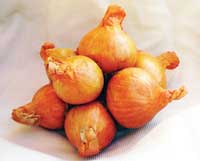The Seed Partner Profile series profiles all of the seed companies that sell OSSI-pledged varieties – our seed company partners. Many of our OSSI-pledged varieties have been bred by independent breeders that sometimes don’t have direct access to means of large-scale seed production. Therefore, these seed company folks are a crucial part of the grassroots OSSI model – we can’t access and proliferate this seed without people to get it from in the first place.
These seeds are often unique, have a great story, and some are bred and adapted in organic systems and for specific regional climates. Sounds like a good place from which to start your own seed story, doesn’t it?
SESE got its start in 1982, founded by Jeff McCormack and his wife, Patty Wallens. 1,700 copies of the 1983 catalog went out, and 196 orders came back that first year. The first catalog was small — 65 varieties — but included interesting heirlooms such as Tappy’s Finest tomato, Yellow Potato Onions, and Calico Crowder southern peas.
The 1983 catalog was small, but the positive response encouraged them to keep at it. (One customer wrote, saying “These seeds aren’t going to be around in a couple decades,” and donated $500 to help out.) The 1984 catalog increased to 140 varieties. Still, it took three years for SESE to turn a profit, what with investing in the business and learning to make it all work. With his academic thoroughness, Jeff would go around with a stopwatch trying to figure out how much time it took to grow and clean seeds, pack the seeds, and process orders. With SESE growing, in 1988 they hired some local staff. Many were UVA students, like the triathlete who dug 40 raised beds by herself and the law student who later said he’d enjoyed the seed work much more than his legal career!
Varieties came in from many places. Mortgage Lifter Radiator Charlie’s tomato came SESE’s way in 1986 when Jeff was in a computer store to buy SESE’s first computer. Talking with a woman in the store about the catalog, she got excited and told him he should talk to her husband about his grandfather’s tomato! Jeff got some seeds and interviewed M. C. Byles to get his story of how he’d bred the great-tasting tomato back in the 1930s and used it to pay off his mortgage.
Many varieties came to SESE through Seed Savers Exchange members; Jeff was involved in the organization’s early years, serving on its board of directors for eight years. And many varieties came from customers and growers. Merlyn Niedens, Carolyn Male, Walt Childs, Bob Bell, Glenn Drowns, and Craig LeHoullier were among the many who grew seed crops and sent interesting varieties. Craig sent seed for Cherokee Purple tomato, and SESE introduced it in 1993. “It was the first purple tomato that I had grown. Though the flavor was very good, to my eye it resembled rotten roast beef when sliced open, but I carefully worded the catalog description, saying ‘for the more adventurous.’ I figured the color would appeal to some gardeners, but I wasn’t sure how well it would be accepted because of the internal color. I was surprised by how popular it became!”
We became a cooperative when Southern Exposure was purchased by Acorn Community Farm, which is a 501(d) corporation, the same tax status as monasteries, but without a religious affiliation. While we are a cooperative, we are certainly not a typical one. Rather than wages or salaries, we receive room, board, health care, other such support, and small stipends. We each choose what work to prioritize and when to do it.
Personally, I found my calling for saving seeds in the highlands of Ecuador in 2004, at the age of 24, with the Red de Guardianes de Semillas. Later I visited seed collectors in Thailand and India, and when I returned to the US, I wanted to continue the work of seed-saving and varietal preservation. My primary mentor is my coworker Ira Wallace of Southern Exposure Seed Exchange.
We work with seed growers at many different levels of experience, including growers who don’t have prior seed-saving experience. So we often provide recommendations such as on harvest times, processing methods, and the like, as well as instructions with regard to isolation distances. I get the impression that word of mouth from other people growing seeds for us is the most common way folks find out about growing seeds for us. There are many ways they get informed about seed growing and seed saving, but I get the impression that a very large portion of them get interested in growing seeds because they are looking to diversify their farm income. We have profiles of several of our seed growers on our website.

